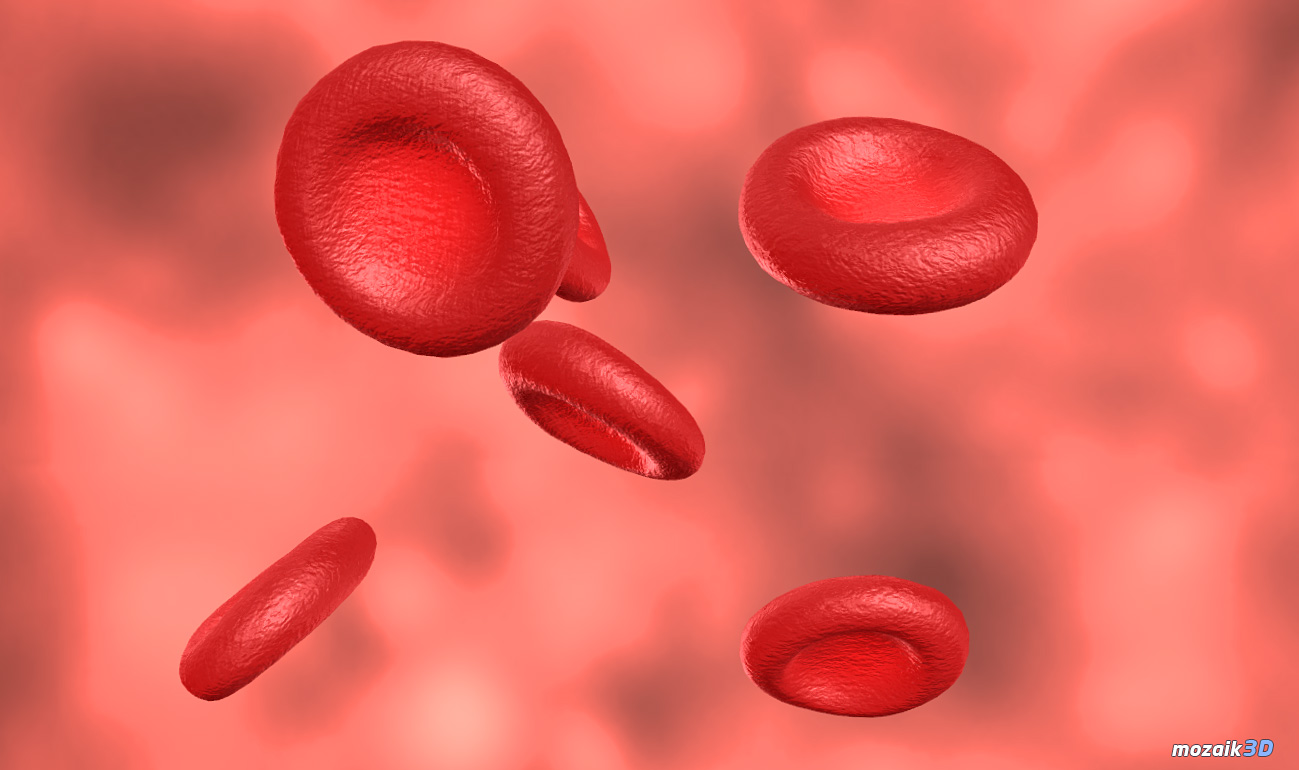The ability to create a concise, well designed, and persuasive presentation is a skill that is hard to overestimate in the modern world. In fact, success in some business roles is almost entirely up to one’s presentation skills. I personally spend a fair amount of time here at Mozaik making presentations for our Business partners from all over the world, and know very well that a good presentation can take you a long way.
By now I feel that I can comfortably create and perform a good presentation, but achieving this state took me quite a while. I very well remember my numerous fiascos as a presenter, which I should be honest had as much to do with lack of preparation as with lack of experience. I naturally improved over time, but I still feel that if I had taken a formal presentation skills course at school it would save me quite a bit of trouble and anxiety. Don’t take me wrong, I am not saying that schools are totally failing at teaching students how to make presentations. I have gone through various education systems in different countries and should say that many of my teachers dedicated quite a lot of hours to listen to oral reports by students. What I was not taught, however, was how to create a good presentation using modern technology, and how to deliver my message in a convincing way. Nor was I ever really given feedback on the way I delivered the message. Instead the focus was only on the quality of research I performed to get the information that was required to create the presentation. I was doing a lot of presenting during my school years, but it never seriously crossed my mind that presentation skills is something I should give a lot of my attention to. Thus my argument is not that more school hours should be dedicated to teaching presentation skills, but rather that the way they are taught, especially taught in high school should be revised.
Don’t take me wrong, I am not saying that schools are totally failing at teaching students how to make presentations. I have gone through various education systems in different countries and should say that many of my teachers dedicated quite a lot of hours to listen to oral reports by students. What I was not taught, however, was how to create a good presentation using modern technology, and how to deliver my message in a convincing way. Nor was I ever really given feedback on the way I delivered the message. Instead the focus was only on the quality of research I performed to get the information that was required to create the presentation. I was doing a lot of presenting during my school years, but it never seriously crossed my mind that presentation skills is something I should give a lot of my attention to. Thus my argument is not that more school hours should be dedicated to teaching presentation skills, but rather that the way they are taught, especially taught in high school should be revised.
It is important to teach students to create a wholesome presentation that is enjoyable to listen to and leaves the audience with the right questions and conclusions. The type of a high quality presentation everyone is so used to watching on TED Talks for inspiration. Story-telling techniques have already conquered the business world and it is about the time they are introduced into the classroom which is a perfect place for them not only to be used by teachers, but also to be taught to students.
We are big fans of presentation skills here at Mozaik Education, we even created this awesome educational presentation software called mozaBook that is designed specifically to make it easier for the teachers to make truly impressive presentations (or lessons, as we are used to calling them in the educational world) for the students. The version of mozaBook for home use, called mozaBook Personal, was created to give students an opportunity to prepare high quality presentations at home and present them to the class during the lesson or share them online.
The technology has already made it possible to transform students into presentation gurus and now it is up to the teachers to use this technology in the classroom.
Download a free trial version of mozaBook Multilang and discover the advanced presentation tools that were created specifically for educational purposes. Nowhere else will you find a presentation software that comes together with a huge package of educational 3Ds and videos at no extra cost!
It is almost universally accepted that History is one of the core subjects taught at school. Studying and knowing history is often seen as a stepping point for getting into a more specialised Humanities courses at a university level. In many countries History is a compulsory exam for those who want to go into studying Law, Economics, Politics, International Relations, Sociology, Psychology, History of Art etc.
However, according to different studies only 7% of American school students age 13-17 and 12% of American high school students reported that History and Social Studies were their favourite subjects. This makes History approximately three times less popular among American students than Maths. In the UK, where school education is much more specialised than in the US, moderate love for History is illustrated by the percentage of sixth form students who choose to study this subject. Around 11% of British students took History A-levels in 2009-10, which made History the 6th most popular subject overall and the 3rd most popular humanities subject among British high school students.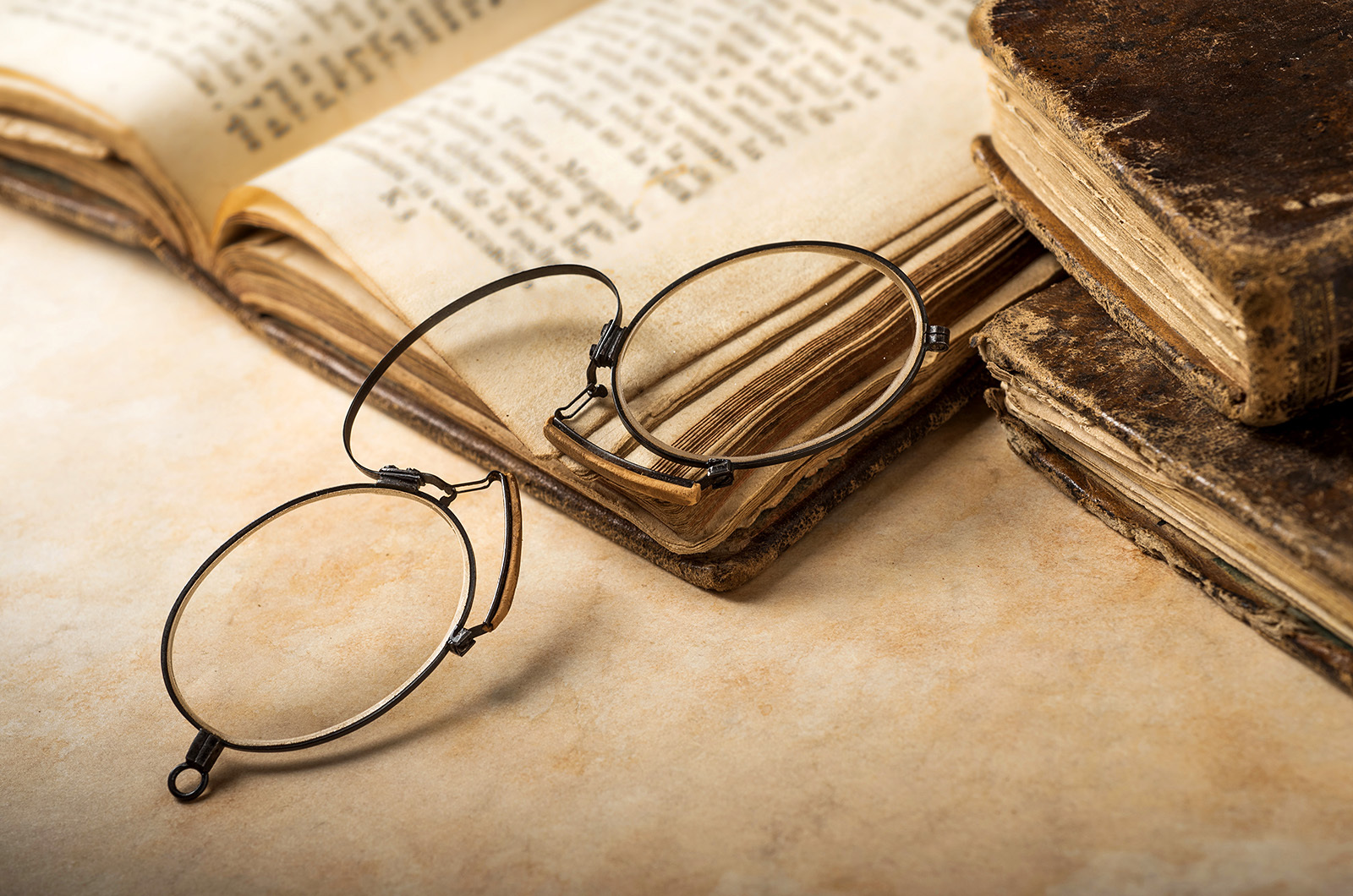 Although I do find this lack of interest in History striking, I realise that it is not lack of interest from students, but rather the way we teach History at school, that presents a real challenge. History can be extremely interesting, but it can also be extremely dull, especially when it is turned into the endless memorization of dates, that are often taken out of the wider historical context.
Although I do find this lack of interest in History striking, I realise that it is not lack of interest from students, but rather the way we teach History at school, that presents a real challenge. History can be extremely interesting, but it can also be extremely dull, especially when it is turned into the endless memorization of dates, that are often taken out of the wider historical context.
Here at Mozaik we are passionate about History and really want this wonderful subject to flourish in classrooms all over the world. One of the ways we are hoping our software can inspire students to learn history is our absolutely unique educational tool called “Time Machine”. Time Machine is designed to help students make connections between historical personalities according to their nationality, profession, date of birth and (in)famousness. Time machine includes a huge database of historical personalities that is not only regularly updated but is also customised for the local curriculum of your country. It also includes direct links to Wikipedia articles about every historical personality that is included into the database. As most of our educational tools, Time Machine has an inbuilt test function, that lets users test their knowledge of historical personalities. Users can choose from six different test modes that include a huge database of preset questions about chosen sets of historical personalities.
Time machine includes a huge database of historical personalities that is not only regularly updated but is also customised for the local curriculum of your country. It also includes direct links to Wikipedia articles about every historical personality that is included into the database. As most of our educational tools, Time Machine has an inbuilt test function, that lets users test their knowledge of historical personalities. Users can choose from six different test modes that include a huge database of preset questions about chosen sets of historical personalities.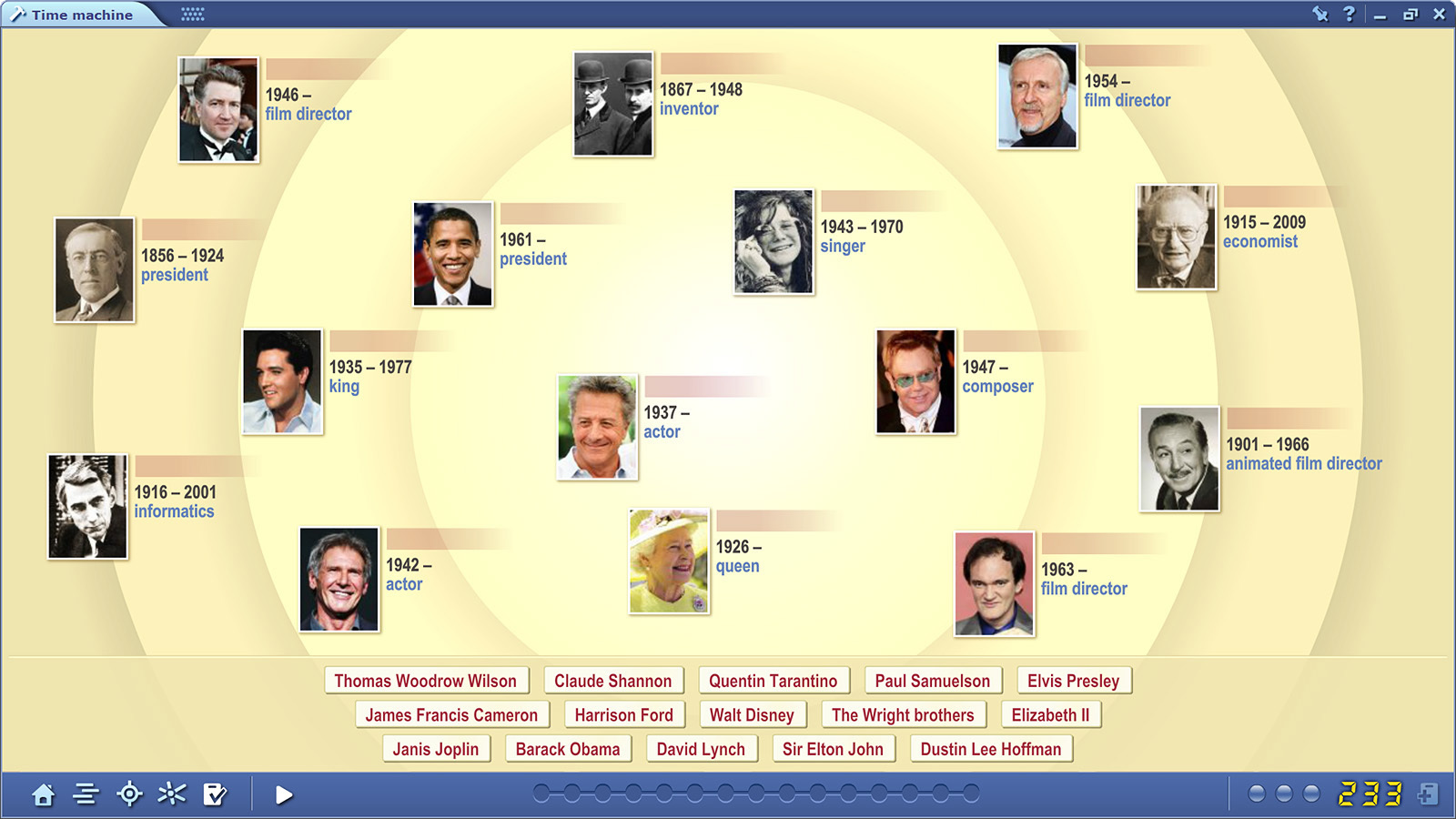 The idea behind the Time Machine educational tool is simple. We wanted to create an interactive educational resource that would show that historical connections are built on much more than just dates. Studying history is one of the best ways to develop logical thinking and learn to build complex connections between separate blocks of information. Time Machine is one of the ways to illustrate this power of History.
The idea behind the Time Machine educational tool is simple. We wanted to create an interactive educational resource that would show that historical connections are built on much more than just dates. Studying history is one of the best ways to develop logical thinking and learn to build complex connections between separate blocks of information. Time Machine is one of the ways to illustrate this power of History.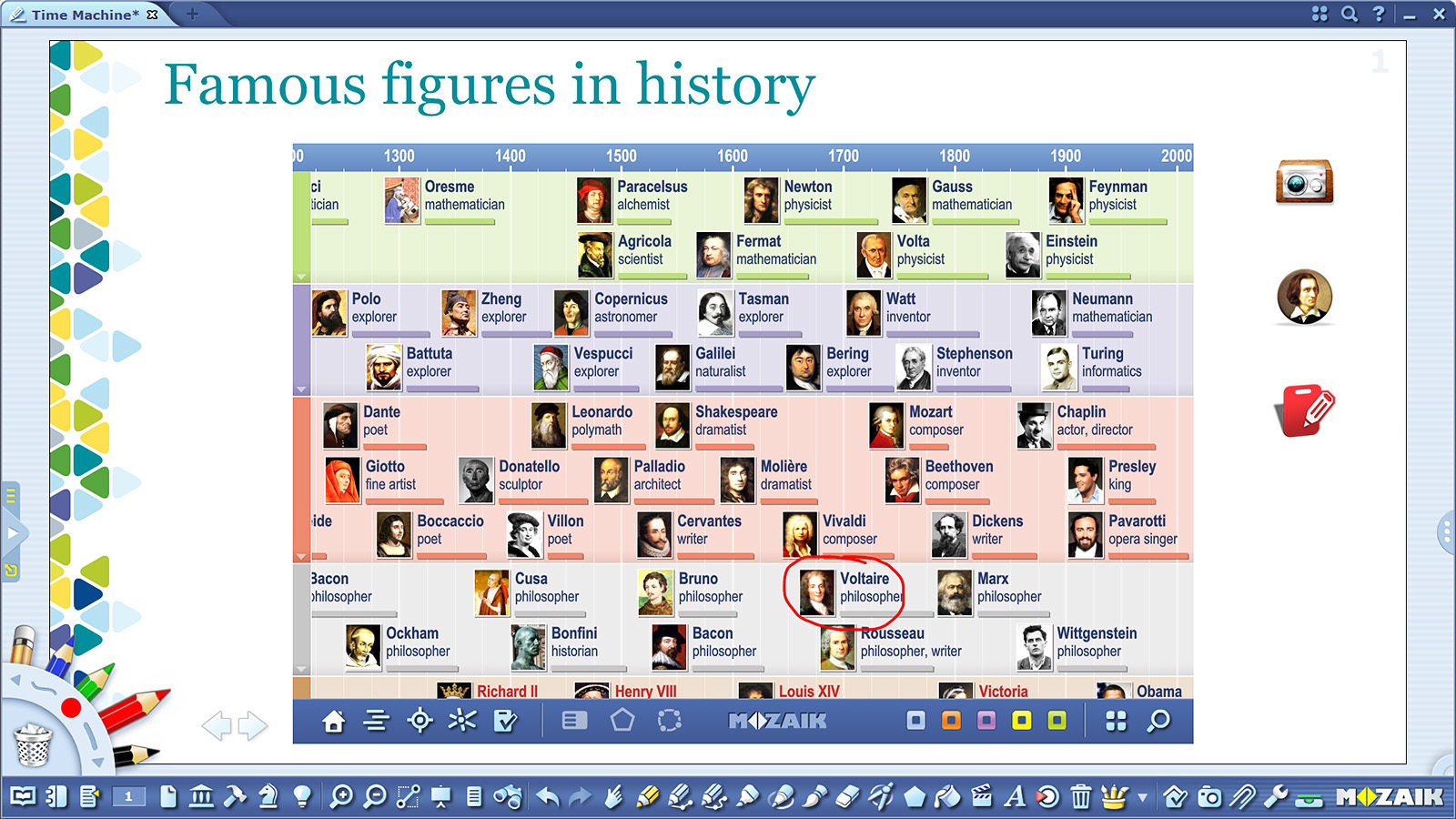 Register on mozaWeb to try Time Machine for yourself, or access the tool in mozaBook. If you'd like to know more about Mozaik's tools for history, read our post about “Hall of Fame,” another great tool in the mozaWeb and mozaBook library.
Register on mozaWeb to try Time Machine for yourself, or access the tool in mozaBook. If you'd like to know more about Mozaik's tools for history, read our post about “Hall of Fame,” another great tool in the mozaWeb and mozaBook library.
The third dimension is the best dimension! 3D holograms, images, and now printing- 3D is a way to view things that has continued to fascinate us for decades and still today shows so much potential in a variety of industries. This post is going to explore the benefits of using interactive 3D models in the classroom.
First of all, I’d like you to think of 3D models simply as a teaching resource that can be used in a variety of subjects. Typically, what first comes to mind is the use of 3D resources in the sciences - anatomy, biology, geography - but it’s possible to use them for history classes, mathematics, literature, or even in discussions with students about current news events.
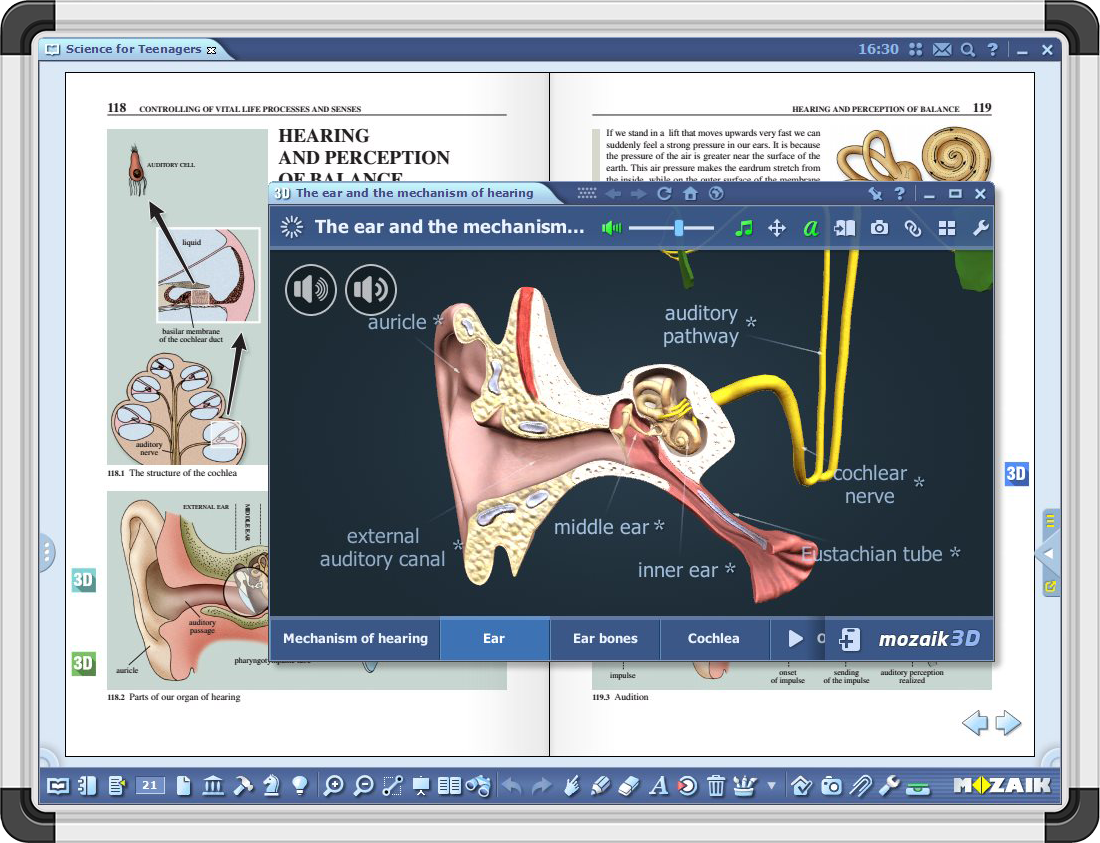
The evolution of the Mozaik 3D
3D is a very important part of the mozaLearn digital education system. Originally the type of 3D models (created by the development company Rendernet were created for visual design, construction, real estate and advertising, but the developers at Rendernet saw a lot of potential for their models in the field of education. We started out about 7 years ago with a modest number of models, 10 to be exact. The developer and animator team grew, and so did their capacity to produce more models. Eventually Mozaik and Rendernet joined forces and today our catalog of 3Ds has grown to 1,097 with no sign of stopping!
Our models have come a long way in every aspect, from design to content to capabilities. They have also come to life in new forms! Some of our individual 3D models are now available on the iOS App Store and Google Play for Android to download and use directly on your smartphone or tablet.

About their use in pedagogy
Let’s take a biology class for example. A teacher can introduce a new animal with photos or a video, start some discussions about its habitats and habits and then use a 3D model to go further, exploring the animal’s anatomy in detail. The end result is a deeper understanding of the animal with the added benefit of keeping students’ attention by using several different learning sources.
A similar strategy can work for all subjects, chemistry is my next example. If a chemistry teacher would like to introduce a new molecule, he or she can send 3D models of the molecules to all students’ tablets, so they can explore the structure in an interactive manner. Afterwards, the teacher can show a video experiment or conduct an experiment in his/her lab, so that students can take the next steps to understand the molecule’s chemical interactions.
How about history? Teach your students about ancient cultures by asking students to explore the Wonders of the Ancient World 3D model and watch the video. After asking some questions about the ancient structures, give the fun task of asking students to open the Walk function in the City of Babylon 3D and explore the walkway.
Most pupils are interested in learning about their own body and about how it works. We can project videos and use wall boards, drawings and photos meaning there are unlimited possibilities for visualizing these topics during lessons. When the opportunity arises we can also make observations relevant to lab practices, such as dissections, using a microscope, etc.
When we are interested in showing tissues, more specifically human blood, we always face the difficulty of taking microscopic photos of thin sections, of preparations; consequently pupils have difficulty recognizing tissues in space, or they are not even able to perceive how a tissue works. These problems can be solved with the help of a 3D animation made about human blood.
During the opening scene we get inside the blood flow where the blood components and their movement are represented. We can rotate it, making it more lifelike and so we feel like real viewers. Tip: Let's discuss it with pupils by how many times we should shrink ourselves to be able to observe blood flow this way.
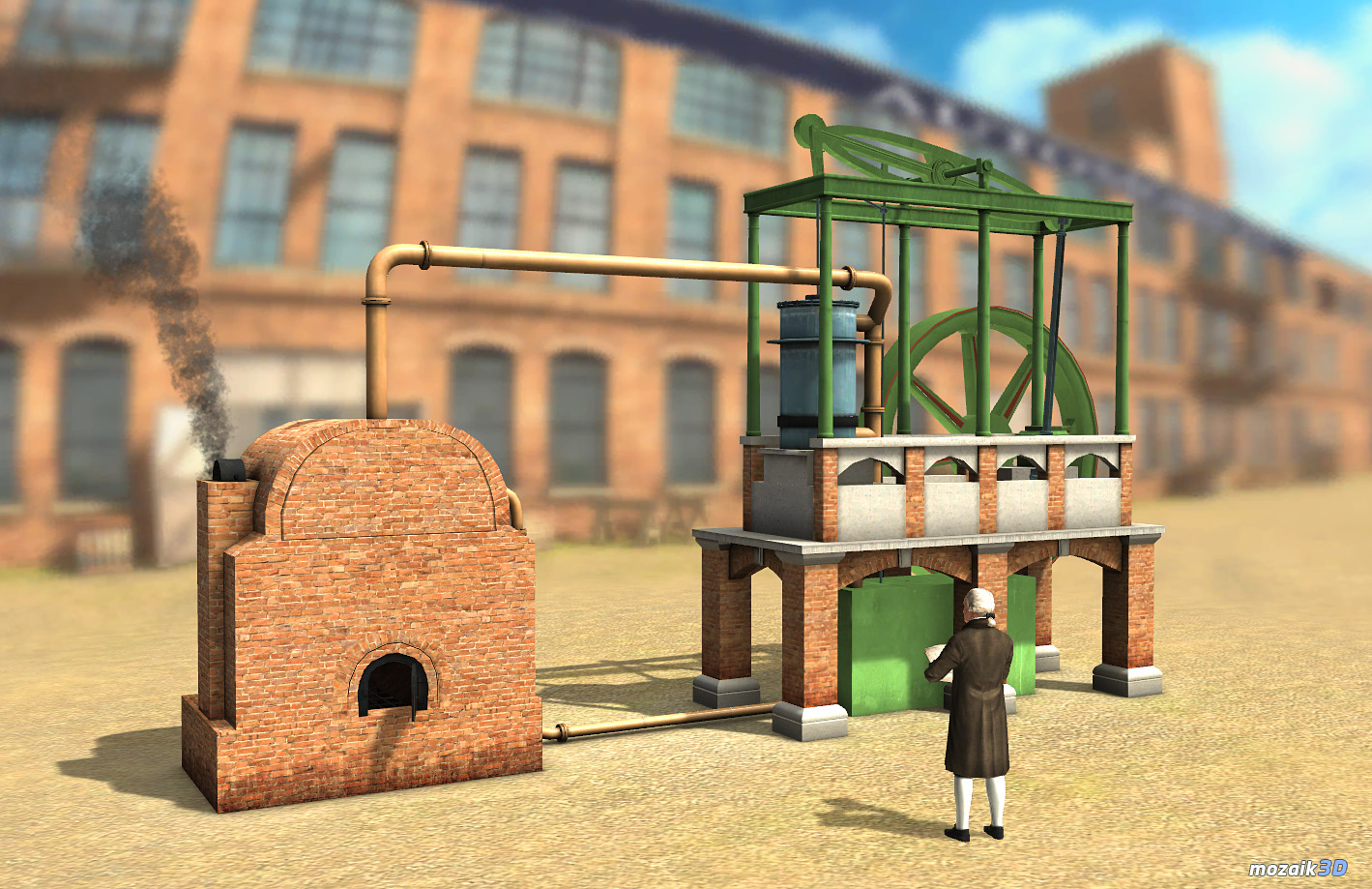 You have certainly encountered the following problem in teaching. Does it ring a bell when students have difficulties with imagining what you are talking to them about? Sometimes it would be great to travel back in time so that you can actually show them the events and objects that they learn about during lessons. Now you are given the opportunity to show them with 3D animations and tools available. These can be used in a lesson with which you cannot only raise your students’ interest but you can also make your lesson spectacular. Meanwhile, the material becomes incredibly easy to teach.
You have certainly encountered the following problem in teaching. Does it ring a bell when students have difficulties with imagining what you are talking to them about? Sometimes it would be great to travel back in time so that you can actually show them the events and objects that they learn about during lessons. Now you are given the opportunity to show them with 3D animations and tools available. These can be used in a lesson with which you cannot only raise your students’ interest but you can also make your lesson spectacular. Meanwhile, the material becomes incredibly easy to teach.
The following lesson plan provides you with ideas to teach the geography of Great Britain.
1. Let’s show the role of the Industrial Revolution and technical innovations in the development of traditional heavy industry sectors.
“The industrial revolution evolved in the island country in the 17-18th centuries. Several inventions were patented that diversified production. One of them was the steam engine perfected by James Watt.”
Applying Watt’s Steam Engine (18th century) mozaik3D Interactive model we can get familiar with the engine’s structure, with the operation of some of its parts and with circumstances of development. Let’s look at the narrated Animation first. Then, clicking on Edit we can drag the engine with our mouse and look at it in various views. In the toolbar above, if we click on rotate the image can be locked in any view. In this way, further drawings and texts can be added to make the material clearer for students.
Undoubtedly, rather breath-taking paintings can be created in ink. Yet, the picture that appears on the leaves of a white carnation as a result of an intriguing experiment certainly competes with those paintings. What does the vascular tissue consist of? What do the terms "xylem" and "phloem" stand for? What do they look like? What are vascular bundles and what types do they have? How can they be examined? The following lesson plan provides ideas for teaching plant water transport.
1. Let's introduce the parts of the vascular tissue and the basic idea behind their operation.
Tracheophyta both transport water and water solutes in tubular formations. The vascular tissue can be divided into two parts, namely the xylem and the phloem. While the xylem transmits such ions that become dissolved in it, from its root towards all the other organs, the phloem transmits organic materials having been dissolved in water from the leaves towards all the other organs.


